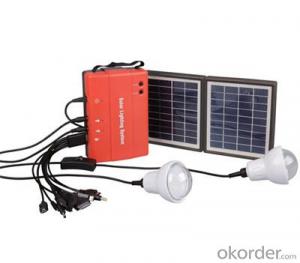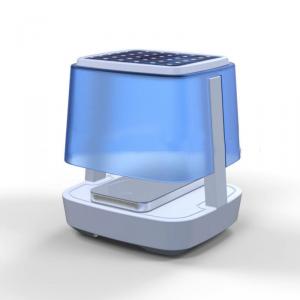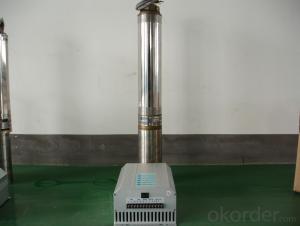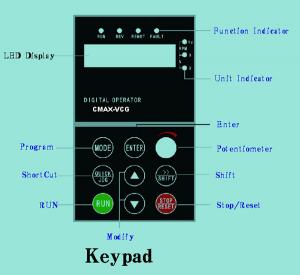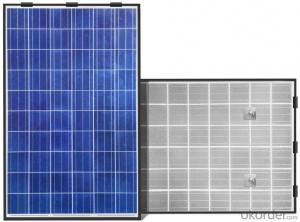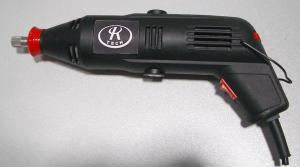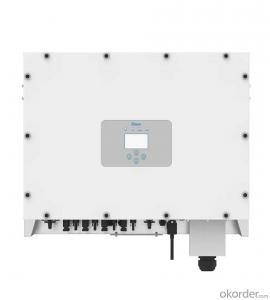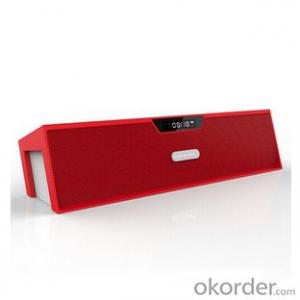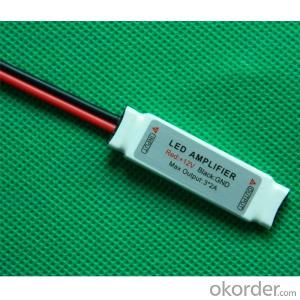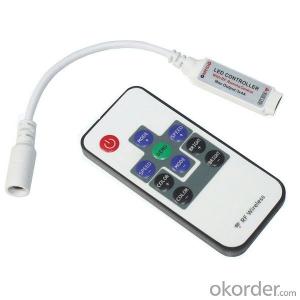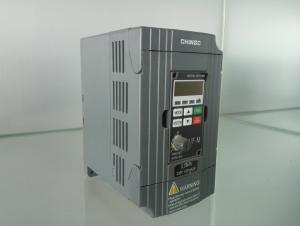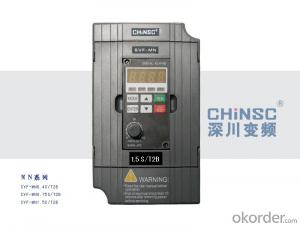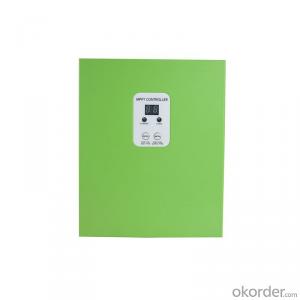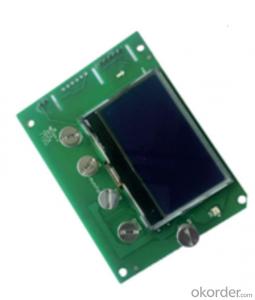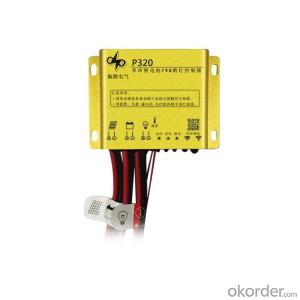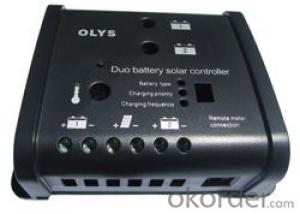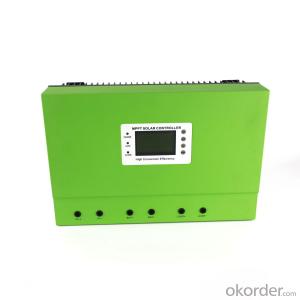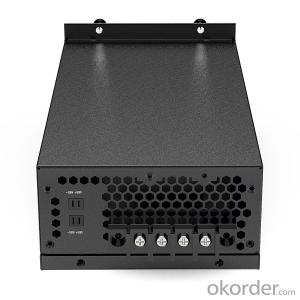Solar Mini Inverter
Solar Mini Inverter Related Searches
Solar Inverter Mini Mini Solar Inverter Mini Inverter Solar Solar Panel Mini Inverter Mini Solar Inverter Kit Mini Inverter Solar Panels Mini Solar Inverter For Home Micro Solar Inverter Small Solar Inverter Micro Inverter Solar Solar Mini Inverter Price Solar Micro Inverter Small Solar Panel Inverter Solar Small Inverter Mini Solar Module Solar Solar Inverter Solar Smart Micro Inverter Solar Panel Micro Inverter Solar Cell Micro Inverter Cheap Solar Micro Inverter Micro Inverter For Solar Panel Micro Inverter Solar Panel Sunshine Solar Inverter Sun Solar Inverter Micro Inverter Solar System Micro Inverter Solar Kit Solar Light Inverter Inverter Solar Mini Solar Panel Module Solar Electric InverterSolar Mini Inverter Supplier & Manufacturer from China
Solar Mini Inverters are compact devices designed to optimize the performance of solar panels by converting the generated direct current (DC) into alternating current (AC). These inverters are particularly useful for small-scale solar systems, such as those found in residential settings or for powering individual appliances. They offer a range of benefits, including improved efficiency, reduced energy loss, and enhanced safety features.The Solar Mini Inverter is widely used in various applications, such as residential rooftop solar systems, off-grid solar setups, and small-scale commercial installations. Its compact size and ease of installation make it an ideal choice for those looking to harness solar energy in a space-efficient manner. These inverters can be easily integrated into existing electrical systems, providing a seamless transition to renewable energy sources.
Okorder.com is a reputable wholesale supplier of Solar Mini Inverters, boasting a large inventory that caters to the diverse needs of customers worldwide. The platform offers a comprehensive selection of high-quality inverters from leading manufacturers, ensuring that buyers have access to reliable and efficient products. With competitive prices and a commitment to customer satisfaction, Okorder.com is the go-to destination for those seeking to invest in solar energy solutions.
Hot Products
